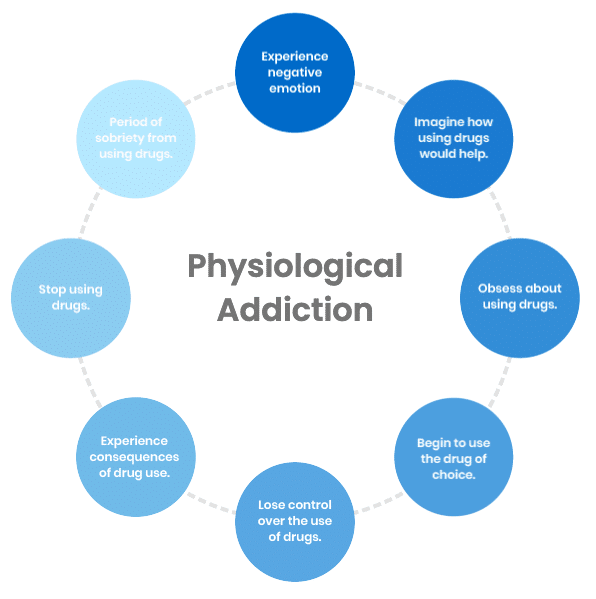Physical Signs of Opioid Addiction
Behavioral Signs of Opioid Addiction
Extensive Use
In most cases, opioids should serve as a short-term treatment for pain. Extended use of the drug may indicate misuse when combined with other signs of opiate addiction.
Loss of Control
A person with an addiction has difficulty reducing or quitting their opioid use, even when they want to stop. Some people develop opioid addictions due to genetic, psychological or environmental factors that make them more susceptible.
Loss of Focus
When addiction leads to increased use, it can also cause the person to dedicate more time and effort to opioid-related activities. They may spend excess money and time using and obtaining opiates.
Physical Dependence
Ongoing opioid use can make a person physically dependent on the drug. This effect results in cravings and withdrawal symptoms that encourage them to seek out more opiates.
Difficulty at Work
The physical effects of addiction, including sleep and energy issues, can interfere with daily obligations. A person with an opioid addiction may have reduced performance in these areas.
Interpersonal Problems
Opioid addiction can lead to interpersonal problems. Someone with an addiction may become unusually confrontational when approached about their use.
Loss of Hobbies
When someone develops an opioid addiction, they may begin to withdraw from activities that they used to love. They often have more difficulty with overall function and dedicate more time to opioids than their previous hobbies.
Risky Behavior
Some people with opioid addiction perform risky behaviors while under the influence. These harmful activities include reckless driving or having unsafe sex.
Decline in Mental Health
In people who have mental health conditions, opioid use can make their symptoms worse. Someone with an opiate addiction may continue using them even when they know that it exacerbates their symptoms.
Increased Tolerance
As someone keeps using opioids, they often need more of the drug to get the same effects. This increased tolerance can indicate the development of an addiction.
Evident Withdrawal Symptoms
When opioids wear off, they can cause uncomfortable withdrawal symptoms such as sweating and mood changes. These effects can become more prevalent in someone with opiate addiction.









